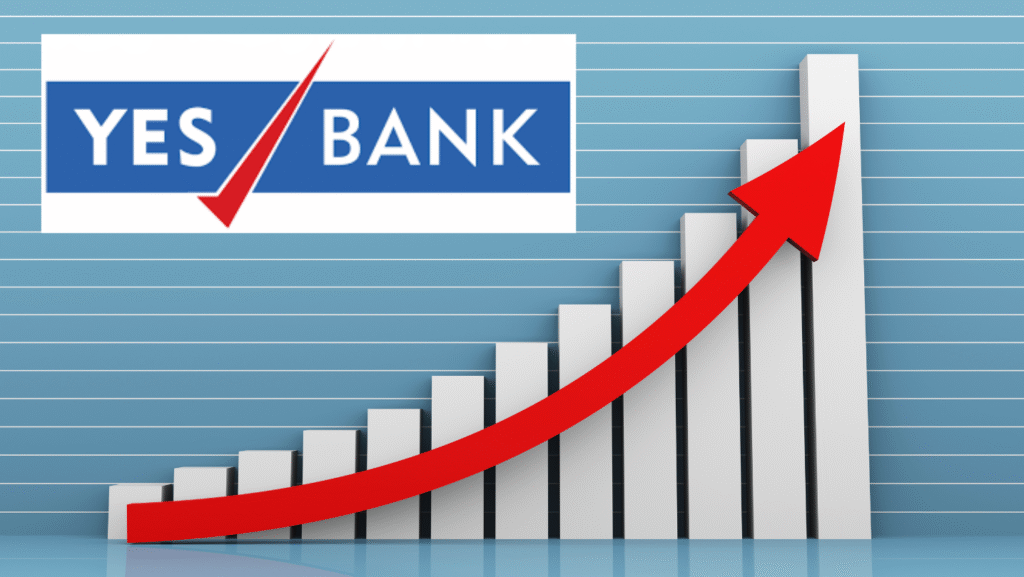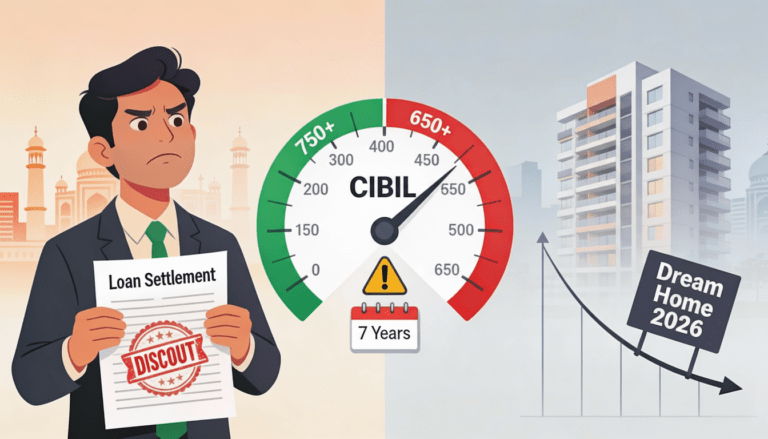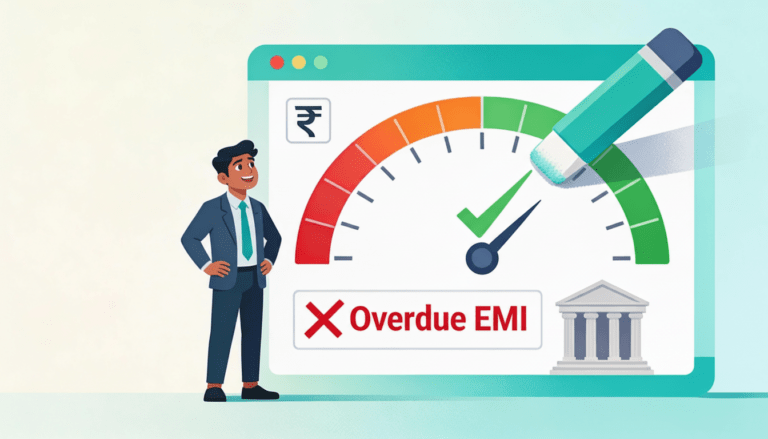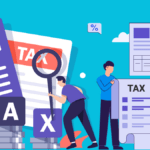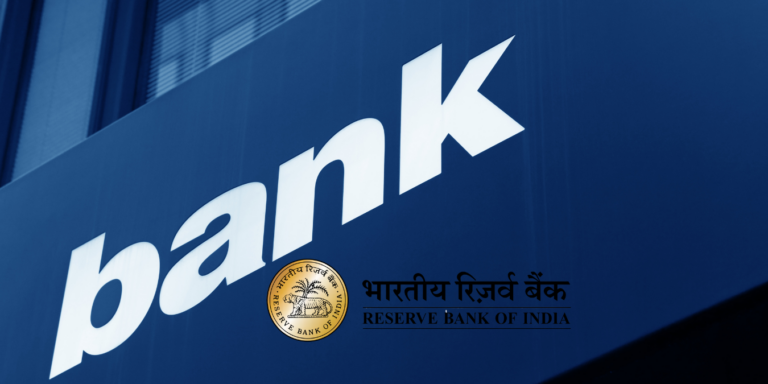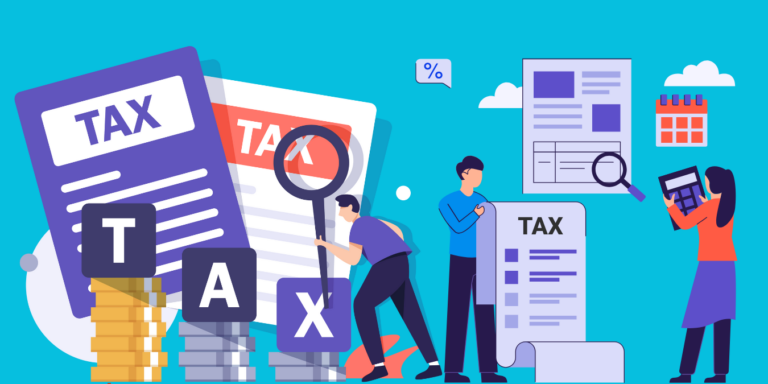
Understand the key differences between loan write-off and loan waive-off – their meanings, tax implications, and impacts on banks & borrowers. Learn how these financial terms affect your liabilities and credit score.
In the world of finance, terms like loan write-off and loan waive-off are often used interchangeably, leading to confusion among borrowers and financial enthusiasts. However, these terms represent distinct actions taken by lenders to address non-performing assets (NPAs) or bad loans, with significant implications for both borrowers and lenders. Understanding the difference between a loan write-off and a loan waive-off is crucial for making informed financial decisions, managing debt effectively, and navigating the complexities of borrowing in India. This blog post will guide you about the meanings, processes, impacts, and key differences between these two concepts, incorporating the latest data and insights to provide a comprehensive guide for Indian professionals, borrowers, and businesses.
What is a Loan Write-Off?
A loan write-off is an accounting action undertaken by a lender, typically a bank or financial institution, when a loan is deemed uncollectible. When a borrower fails to repay their loan for an extended period—usually more than 90 days—the loan is classified as a non-performing asset (NPA). If recovery efforts, such as legal action or collateral seizure, yield little to no success, the lender may decide to write off the loan to clean up its balance sheet.
Key Features of a Loan Write-Off
- Accounting Adjustment: A write-off involves removing the loan amount from the lender’s balance sheet as an asset, recognizing it as a loss. This helps present a more accurate financial position to stakeholders.
- Borrower Liability Remains: Importantly, a loan write-off does not absolve the borrower of their repayment obligation. The lender retains the legal right to pursue recovery through debt collection agencies, legal action, or by auctioning collateral (if any).
- Tax Benefits for Lenders: Writing off a loan allows lenders to claim a tax deduction on the loan value, reducing their taxable income. This is a significant incentive for banks to write off bad loans.
- Credit Score Impact: A write-off severely impacts the borrower’s credit score, often remaining on their credit report for up to seven years. This can hinder their ability to secure future loans or credit facilities.
- Continued Recovery Efforts: Even after a write-off, lenders may continue recovery efforts, and any amount recovered is recorded as profit in the year of repayment.
Why Do Lenders Write Off Loans?
- Clean Balance Sheets: Writing off bad loans ensures financial statements reflect only recoverable assets, enhancing transparency.
- Tax Efficiency: Lenders benefit from tax deductions on the written-off amount, reducing their tax liability.
- Resource Allocation: Funds previously reserved for the borrower can be redirected to other business operations or lending activities.
- Regulatory Compliance: The Reserve Bank of India (RBI) mandates that banks classify and manage NPAs, often requiring write-offs for long-standing defaults.
According to recent data, Indian banks wrote off loans worth ₹1.7 trillion in FY24, the lowest in five years, compared to ₹2.34 trillion in FY20. Punjab National Bank led with ₹18,317 crore in write-offs, followed by Union Bank of India (₹18,264 crore) and State Bank of India (₹16,161 crore).
What is a Loan Waive-Off?
A loan waive-off, also known as a loan waiver, is a deliberate decision by a lender or government to forgive a borrower’s debt, either partially or entirely. Unlike a write-off, a waive-off releases the borrower from their repayment obligation, providing significant financial relief. Loan waivers are often implemented as part of government-backed relief programs, particularly for sectors like agriculture, or in response to economic distress or natural calamities.
Key Features of a Loan Waive-Off
- Debt Forgiveness: The borrower is fully or partially exempted from repaying the loan, and the lender ceases all recovery efforts for the waived amount.
- Government Involvement: In India, loan waivers are often announced by central or state governments to support distressed borrowers, such as farmers facing crop failure or natural disasters.
- No Legal Pursuit: Unlike a write-off, the lender does not pursue legal action or debt collection for the waived portion of the loan.
- Credit Score Impact: A loan waiver may not directly harm the borrower’s credit score, but it may appear as an irregular closure in their credit history, potentially affecting future borrowing.
- Economic Implications: Large-scale waivers can strain the lender’s financial health and impact liquidity, as the waived amount is a direct loss.
Why Are Loan Waivers Granted?
- Financial Hardship: Waivers provide relief to borrowers facing economic distress, such as unemployment, illness, or crop failure.
- Natural Calamities: Governments often waive loans to support farmers or businesses affected by floods, droughts, or other disasters.
- Government Policies: Loan waivers are used to stimulate specific sectors, such as agriculture, or to garner political support.
- Social Welfare: Waivers aim to reduce financial stress and prevent extreme outcomes, such as farmer suicides due to debt burdens.
In India, agricultural loan waivers are particularly common. For instance, in 2018, the government waived loans worth ₹68,607 crore for farmers and other defaulters, sparking debates about fiscal responsibility and political motivations.
Key Differences Between Loan Write-Off and Loan Waive-Off
To clarify the distinction, here’s a detailed comparison of loan write-off vs. loan waive-off based on various parameters:
| Parameter | Loan Write-Off | Loan Waive-Off |
| Definition | An accounting action to remove an uncollectible loan from the lender’s balance sheet. | A decision to forgive a borrower’s debt, releasing them from repayment obligations. |
| Borrower Liability | The borrower remains liable to repay the loan, and recovery efforts may continue. | The borrower is fully or partially exempted from repayment, with no further pursuit. |
| Credit Score Impact | Severely negative, often lasting up to seven years. | Minimal or no negative impact, but noted as an irregular closure. |
| Recovery Efforts | Lenders may pursue legal action or seize collateral to recover the amount. | No recovery efforts for the waived portion; debt is forgiven. |
| Purpose | To clean the lender’s balance sheet and claim tax deductions. | To provide financial relief to borrowers in distress. |
| Initiator | Decided by the lender based on internal policies or RBI guidelines. | Often initiated by government policies or lender discretion in exceptional cases. |
| Financial Impact on Lender | Reduces tax liability and frees up reserved funds for other uses. | Results in a direct loss, impacting liquidity and profitability. |
| Common Scenarios | Default, bankruptcy, or insufficient collateral value. | Natural calamities, economic hardship, or government relief programs. |
Impacts on Borrowers and Lenders
For Borrowers
- Loan Write-Off:
- Financial Burden: The borrower remains legally obligated to repay the loan, facing potential legal action or collateral seizure.
- Credit Score Damage: A write-off significantly lowers the borrower’s credit score, making future borrowing difficult and expensive.
- Emotional Stress: Ongoing recovery efforts can cause mental and financial strain.
- Loan Waive-Off:
- Financial Relief: The borrower is freed from the waived debt, allowing them to focus on other financial priorities.
- Credit Score: A waiver may not harm the credit score as severely, but it may still affect future borrowing eligibility.
- Improved Financial Health: Waivers provide a fresh start, particularly for farmers or small businesses facing hardships.
For Lenders
- Loan Write-Off:
- Financial Benefits: Write-offs allow tax deductions and free up capital for new lending or business operations.
- Balance Sheet Management: Removes NPAs, ensuring compliance with RBI regulations and presenting a cleaner financial picture.
- Recovery Potential: Lenders retain the right to recover funds, with any repayments recorded as profit.
- Loan Waive-Off:
- Financial Loss: Waivers result in a direct loss, as the lender cannot recover the waived amount unless compensated by the government.
- Liquidity Strain: Large-scale waivers can impact the lender’s ability to lend further, affecting profitability.
- Regulatory Compliance: Waivers require formal agreements and documentation to ensure transparency.
Common Misconceptions and Clarifications
- Write-Off Equals Forgiveness: A common misconception is that a write-off means the borrower is free from repayment. In reality, the borrower remains liable, and recovery efforts may persist.
- Waive-Offs Are Common: Loan waivers are rare and typically reserved for exceptional circumstances, such as natural disasters or government-backed programs.
- Simultaneous Write-Off and Waive-Off: A loan cannot be simultaneously written off and waived off, as they serve different purposes—one is an accounting action, the other a relief measure.
- All Borrowers Qualify for Waivers: Waivers are selective, often requiring eligibility criteria like financial hardship or government approval.
How to Avoid Loan Write-Offs and Waive-Offs
To prevent loans from reaching the stage of write-off or waive-off, borrowers can adopt the following strategies:
- Timely Communication: Inform the lender about financial difficulties early to explore restructuring options or hardship programs.
- Use EMI Calculators: Tools like personal loan EMI calculators help borrowers plan repayments within their budget, reducing the risk of default.
- Choose Flexible Loans: Opt for lenders offering competitive interest rates and flexible repayment tenures, such as those provided by digital platforms like Fibe or Airtel Finance.
- Insurance Protection: Consider credit shield insurance or SME insurance to protect against unforeseen financial setbacks.
- Monitor Credit Health: Regularly check your CIBIL score and maintain a good repayment history to avoid NPAs.
Final Thought
Understanding the difference between a loan write-off and a loan waive-off is essential for Indian professionals, borrowers, and businesses navigating the financial landscape. A write-off is an accounting tool that benefits lenders by cleaning their balance sheets and reducing tax liabilities, but it leaves borrowers liable for repayment and harms their credit scores. In contrast, a waive-off offers genuine relief by forgiving the debt, often under government-backed schemes, but it comes with broader economic implications for lenders.
By staying informed about these financial mechanisms, borrowers can make better decisions, manage debt responsibly, and avoid the pitfalls of bad loans.















